Best Buy Mirrorless Camera Financing Easy Payment
The best mirrorless camera in 2022: get the right camera at the right price!
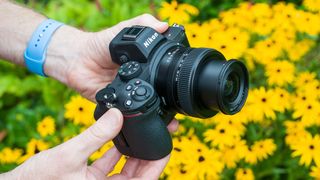
The best mirrorless camera for one person means the best specifications on the market. For someone else it might mean the best mirrorless camera to get started with. Other users, meanwhile, will be looking for the best combination of features for the least money! Our list covers every angle – it's not just about the 'best' camera, but the best value and the best price too.
You have to weight a few things up when choosing a mirrorless camera. Do you want to shoot stills or video or both? Almost all of the cameras in our list can shoot 4K video, but some have in-body stabilization for smoother footage, professional 'log' modes for colour grading and higher frame rates or capture quality. If video is a priority, you should also check out our guides to the best cameras for vlogging (opens in new tab), the best 4K cameras for video (opens in new tab) and the best cinema cameras (opens in new tab).
And for stills photography, how much resolution do you need? It's tempting to assume that the higher the resolution the better, but this does bump up the costs. A 20MP Micro Four thirds camera may have all the resolution you need, even for big prints for wall hanging, and while a 40MP+ full frame camera may be very tempting, both the cameras and the lenses cost a lot more – and you'll end up with a pretty heavy kit too.
Sensor size is actually a key decision in choosing the best mirrorless camera for your needs. Here's a run-down of the main sizes available:
• Micro Four Thirds is the smallest sensor format, but the image quality is surprisingly close to that of larger APS-C cameras – and these cameras are small, powerful and affordability.
• APS-C cameras provide a good balance between quality and price, with a sensor roughly twice the size of Micro Four Thirds cameras. Canon has just launched brand new EOS R10 and EOS R7 APS-C mirrorless cameras.
• Full frame mirrorless cameras have sensors the same size as 35mm film negatives, and about twice the size of APS-C. This gives them better quality, but they are also bigger and more expensive. However, the Nikon Z5 (opens in new tab) and Panasonic Lumix S5 (opens in new tab) are really good introductions at a very competitive price.
• Medium format cameras (opens in new tab) have sensors even larger than full frame. We don't include any in this list but we have a separate guide to the best medium format cameras (opens in new tab).
Now that's all taken care of, let's get to the best mirrorless cameras you can buy right now!
The best mirrorless cameras in 2022
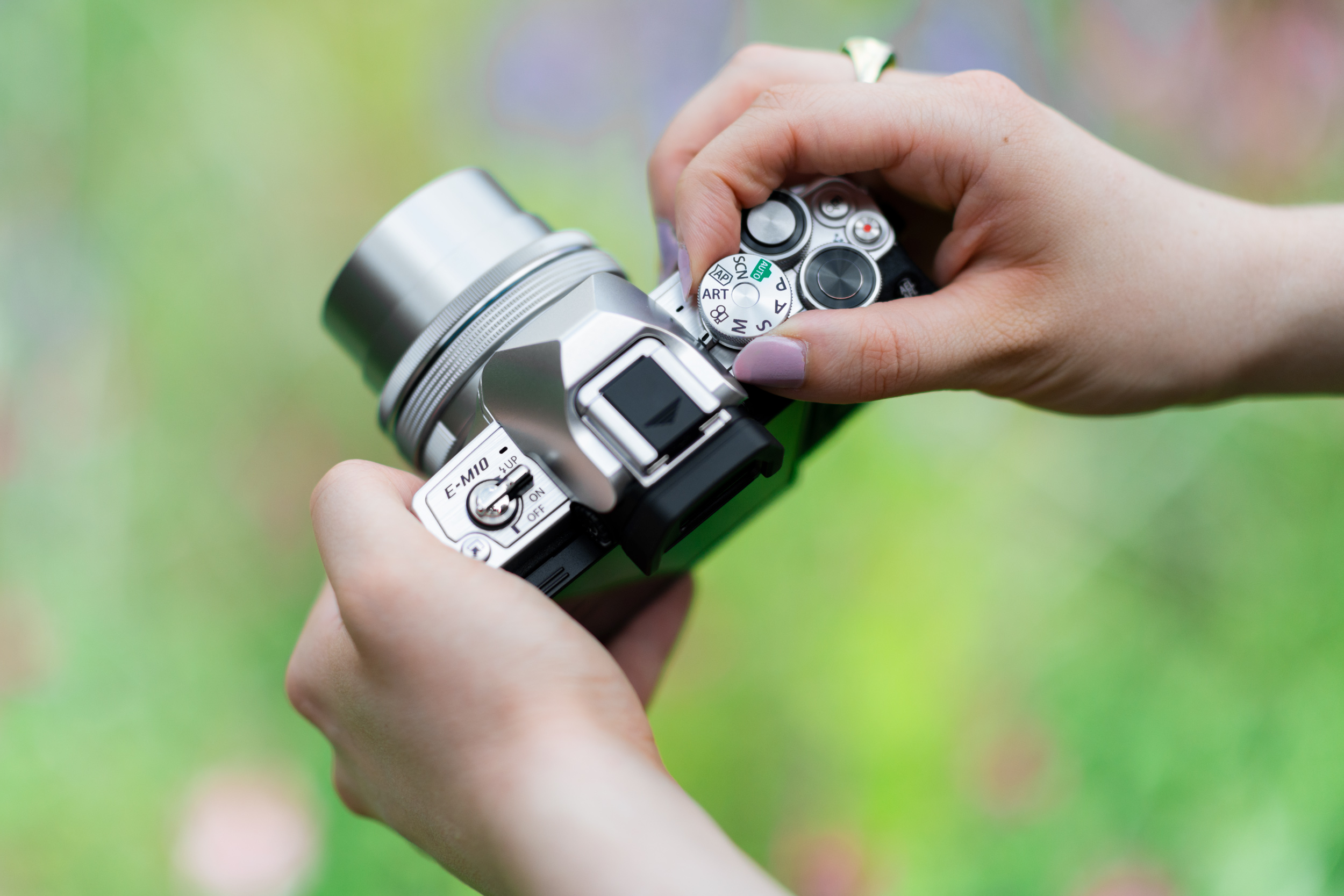
(opens in new tab)
The E-M10 series has always been designed for value, but this Mark IV version adds power and sophistication too, with a 20MP sensor, improved in-body image stabilization and a new flip-down and tiltable monitor. Retaining the 4K video and attractive styling that made the Mark III so attractive, the Mark IV is an ideal choice for anyone looking for an entry-level camera that can do pretty much everything. The E-M10 series has long consisted of our favorite pint-sized cameras ever, so we're really pleased that the Mark IV AT LAST got Olympus's latest 20MP sensor. Even better, at today's prices it's one of the cheapest mirrorless models on the market too, which is pretty amazing considering what it can do. Recommended kit lens: M.Zuiko 14-42mm EZ 'pancake' zoom.
Read more: Olympus OM-D E-M10 Mark IV review (opens in new tab)
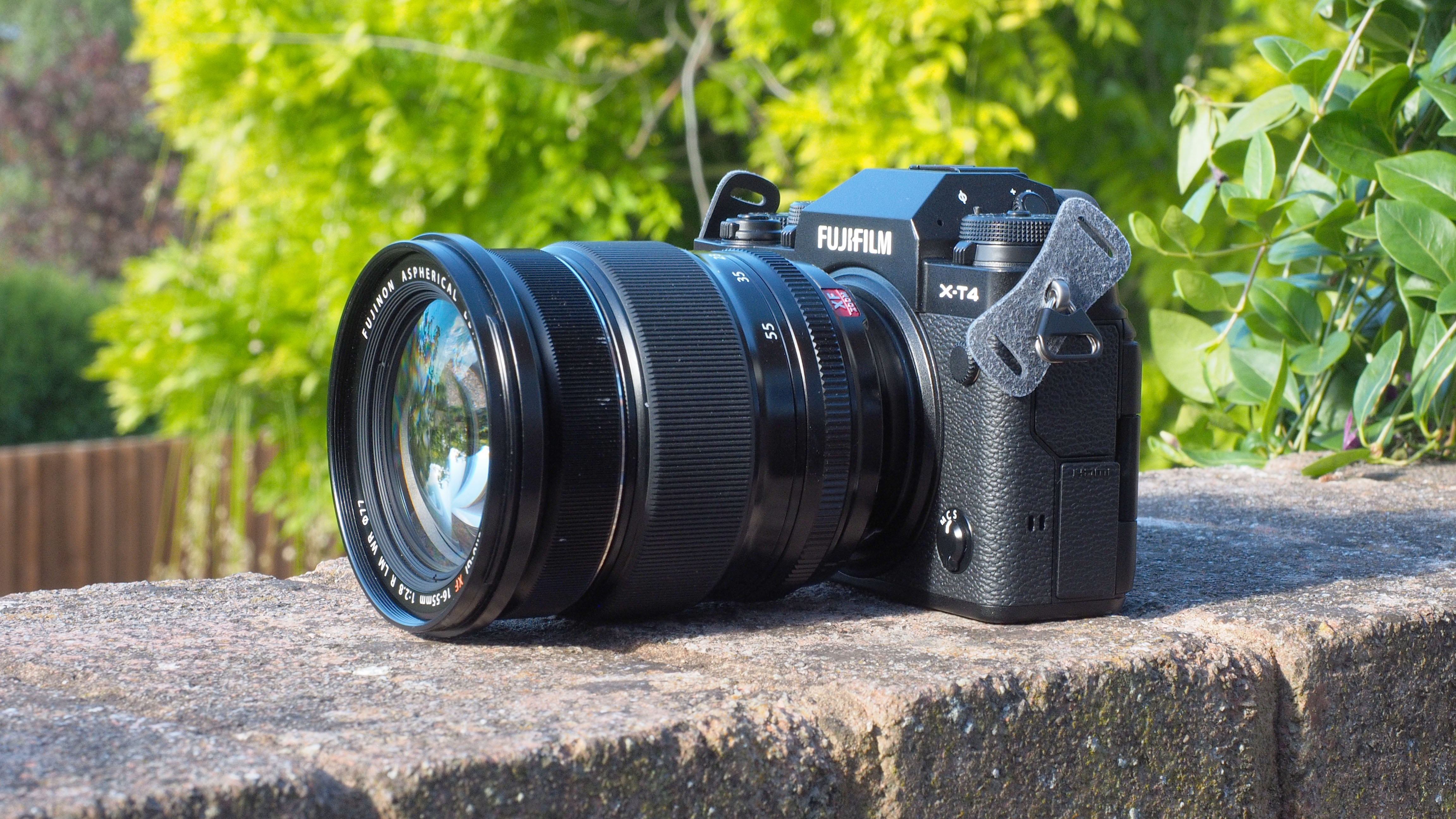
The X-T4 was model in Fujifilm's X-mount camera range until the arrival of the Fujifilm X-H2S, but we've yet to test that camera thoroughly, so for us the X-T4 remains the definitive pro APS-C mirrorless camera. The X-T4 has in-body stabilization, a vari-angle touchscreen display and a fast burst mode. The X-T4 isn't just a terrific stills camera, of course. It also has cutting edge 4K video performance, with 60p 10-bit internal recording. It's just a shame Fujifilm dropped the headphone socket (you'll need an adaptor now). The only thing stopping this camera climbing higher in our list is its price, which has stayed high and is only a notch below that of some very good full frame rivals. Recommended kit lens: Fujinon XF18-55mm or XF16-80mm.
Read more: Fujifilm X-T4 review (opens in new tab)
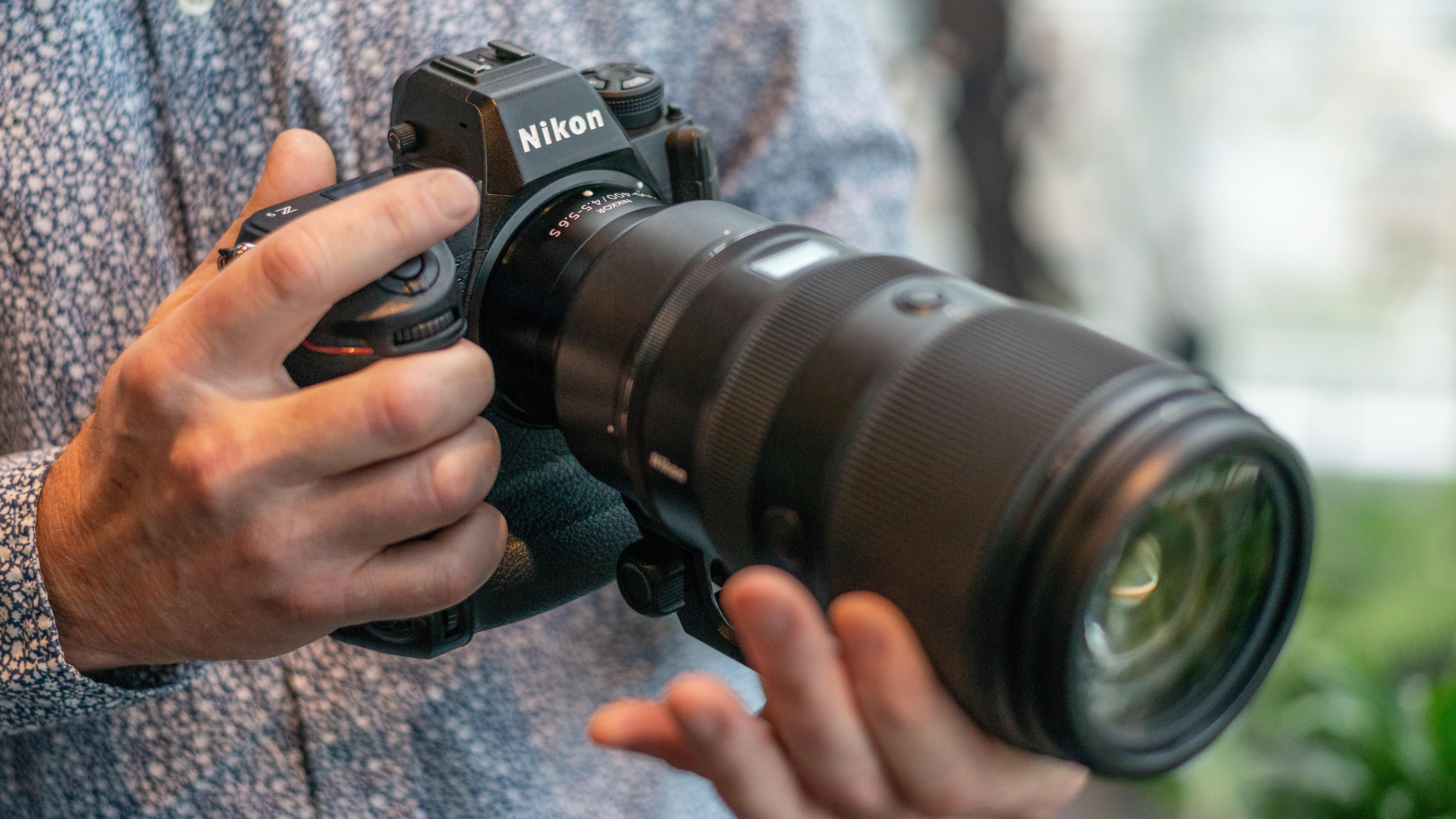
(opens in new tab)
Nikon might've been late to the game in launching its professional, top-spec mirrorless but the Nikon Z9 was definitely worth the wait. It's an absolute beast of a camera when it comes to video, knocking the Canon EOS R3 (opens in new tab) out of the park. It's capable of 8K 60p video recording or 8K 30p with an enormous 2-hour record limit. Nikon decided to remove the mechanical shutter completely which means the Z9 is capable of 120fps continuous shooting and has a max shutter speed of 1/32,000 which makes it perfect for sport and bird photography. The Z9 is powered by Deep Learning AF (opens in new tab) which makes the camera capable of nine kinds of recognition: human eyes, faces, heads and upper bodied; animal eyes, heads and bodies; and cars, planes, trains and motorbike. It has the same 493 AF points as the Nikon Z7 II which seems impressive until you find out that the Canon EOS R3 has a whopping 4,779 AF points. The Z9 comes in quite a bit cheaper than both the Sony A1 and the Canon EOS R3 and it has a lot of advanced features.
Read more: Nikon Z9 review (opens in new tab)
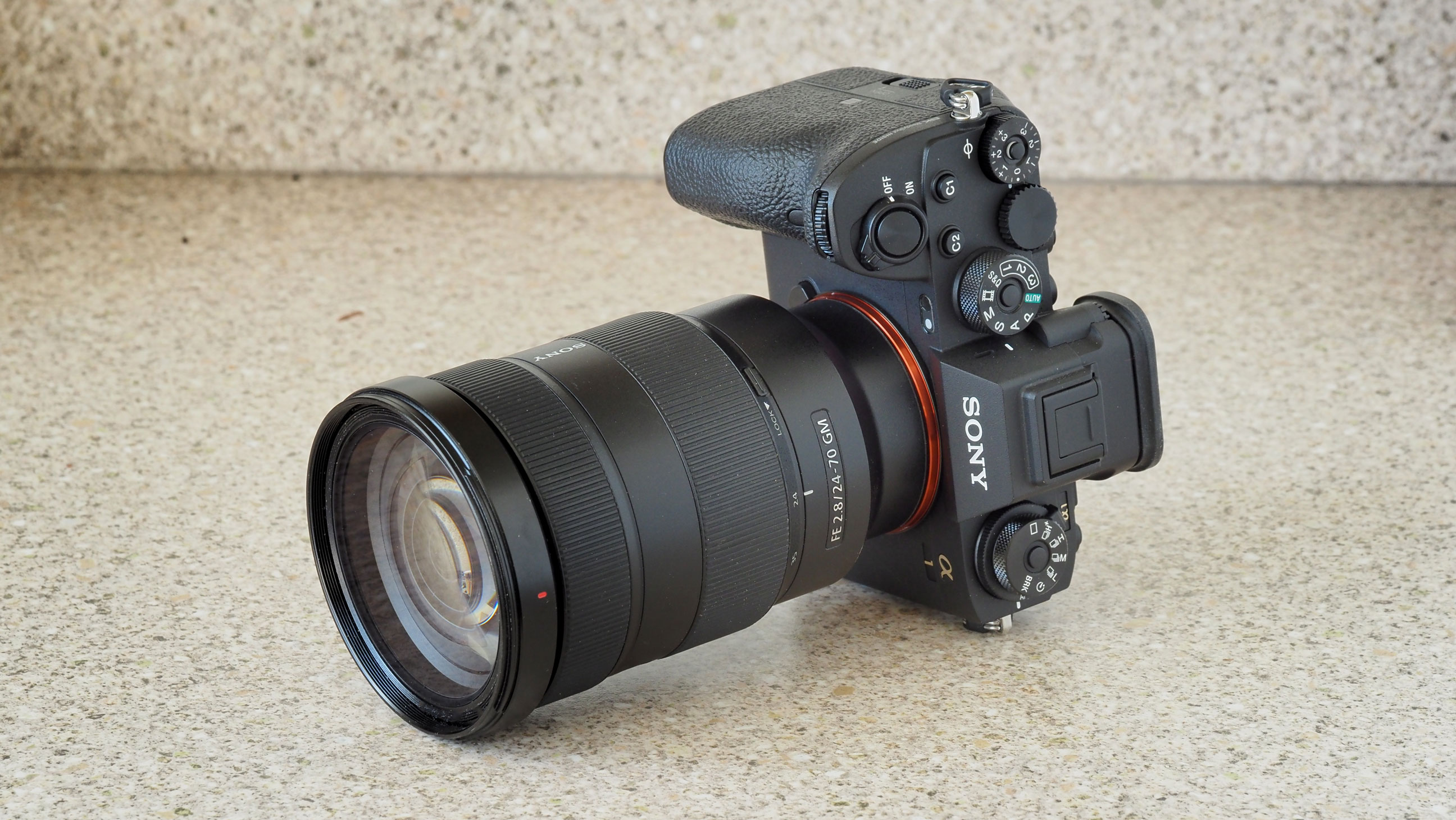
(opens in new tab)
The Sony A1 is everything that Sony says it is. It's a technological triumph, a camera that really can do everything. Previously, cameras might offer speed, resolution or video capability, but the A1 offers all three, and even beats dedicated sports and video cameras at their own game. However, good as it is, the price is, and will remain, a major obstacle, and its appeal is limited to photographers who need everything it does, not just one or two of those things. Sony has also practically killed two of its other cameras by making this one! The Sony A9 Mark II (opens in new tab) is a terrific camera for sports, but beaten by the A1, while the Sony A7S Mark III (opens in new tab)'s excellent 4K video capabilities pale against the A1's 8K capture.
Read more: Sony A1 review (opens in new tab)
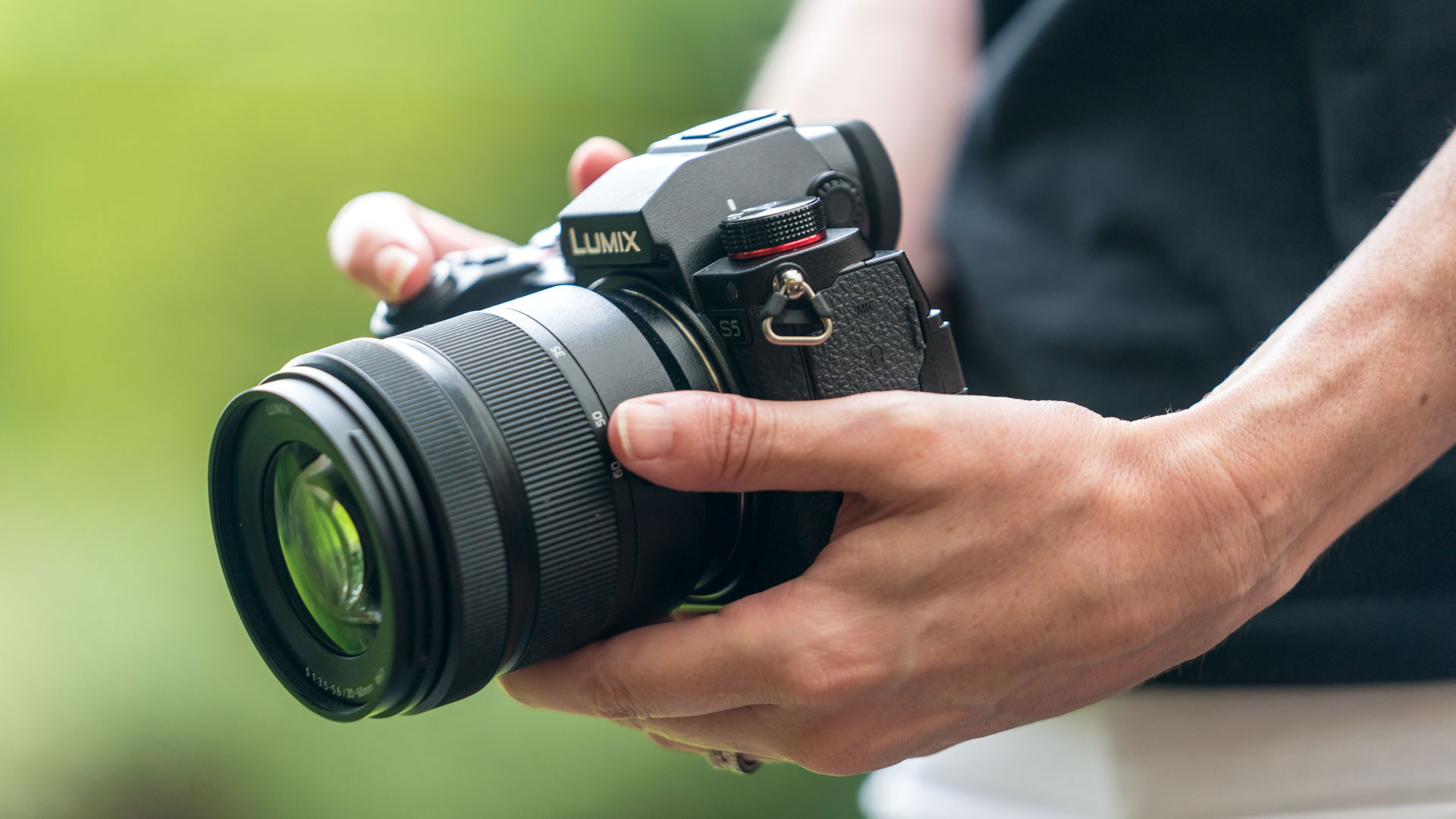
(opens in new tab)
The original Lumix S1 (opens in new tab) and S1R (opens in new tab) are impressive and powerful cameras... but big. Panasonic has taken this on board and somehow (we're still not sure how) came out with the Lumix S5, a camera that offers basically all the same imaging power as the hefty 24-megapixel Lumix S1, but in a body weighing about 300g less. It's also something of a spiritual successor to the video-oriented GH line, with best-in-class video specs. It shoots 4K/60p 10-Bit 4:2:0 video, and in terms of dynamic range, on paper only the pro-level Sony A7S III (opens in new tab) can lay any claim to matching or beating it. The colour science is finely optimised for a beautiful image. Stills shooters can also make use of 6K Photo mode for effective 30fps burst shooting, ensuring they never miss a moment. As hybrid full frame cameras go, this is extremely tough to beat, especially at today's prices.Recommended kit lens: Lumix 20-60mm.
Read more: Panasonic Lumix S5 review (opens in new tab)
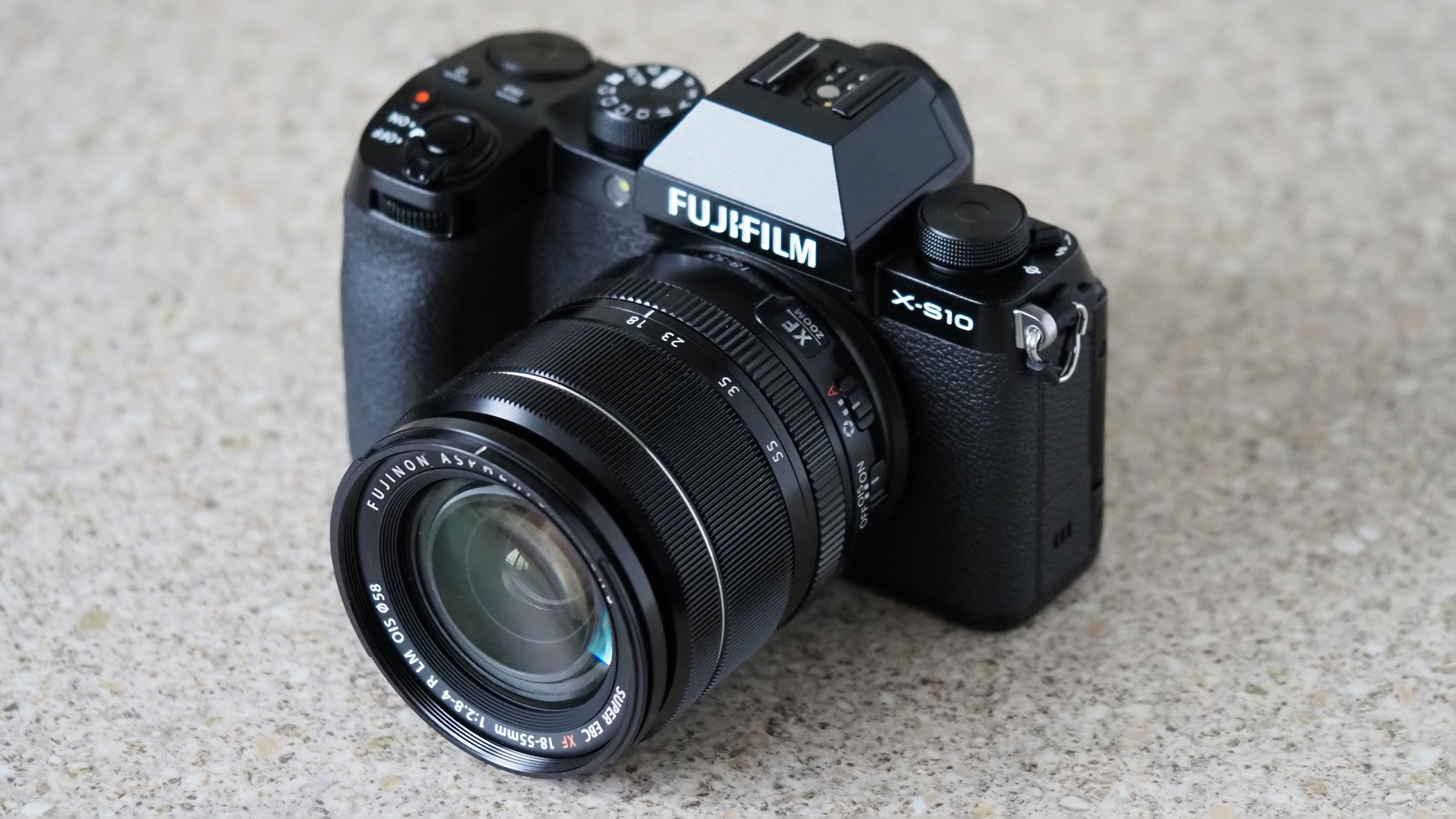
(opens in new tab)
The Fujifilm X-S10 doesn't have the external exposure controls of the higher-level X-series cameras, but that's the only thing we can find to complain about, and it's clear this is no 'amateur' camera, as its build quality and handling stand out straight away. The swap to a conventional mode dial might disappoint Fujifilm fans, but the excellent finish, build quality and handling and the inclusion of IBIS (in-body stabilisation) gives this camera a very broad appeal, especially in this price sector, to produce perhaps the best combination of performance, quality and value in the APS-C mirrorless camera market right now. It even has a vari-angle rear screen, which is another reason why we rate this new camera above our previous favorite, the X-T30/II. Recommended kit lens: Fujinon XF18-55mm or XF16-80mm.
Read more: Fujifilm X-S10 review (opens in new tab)
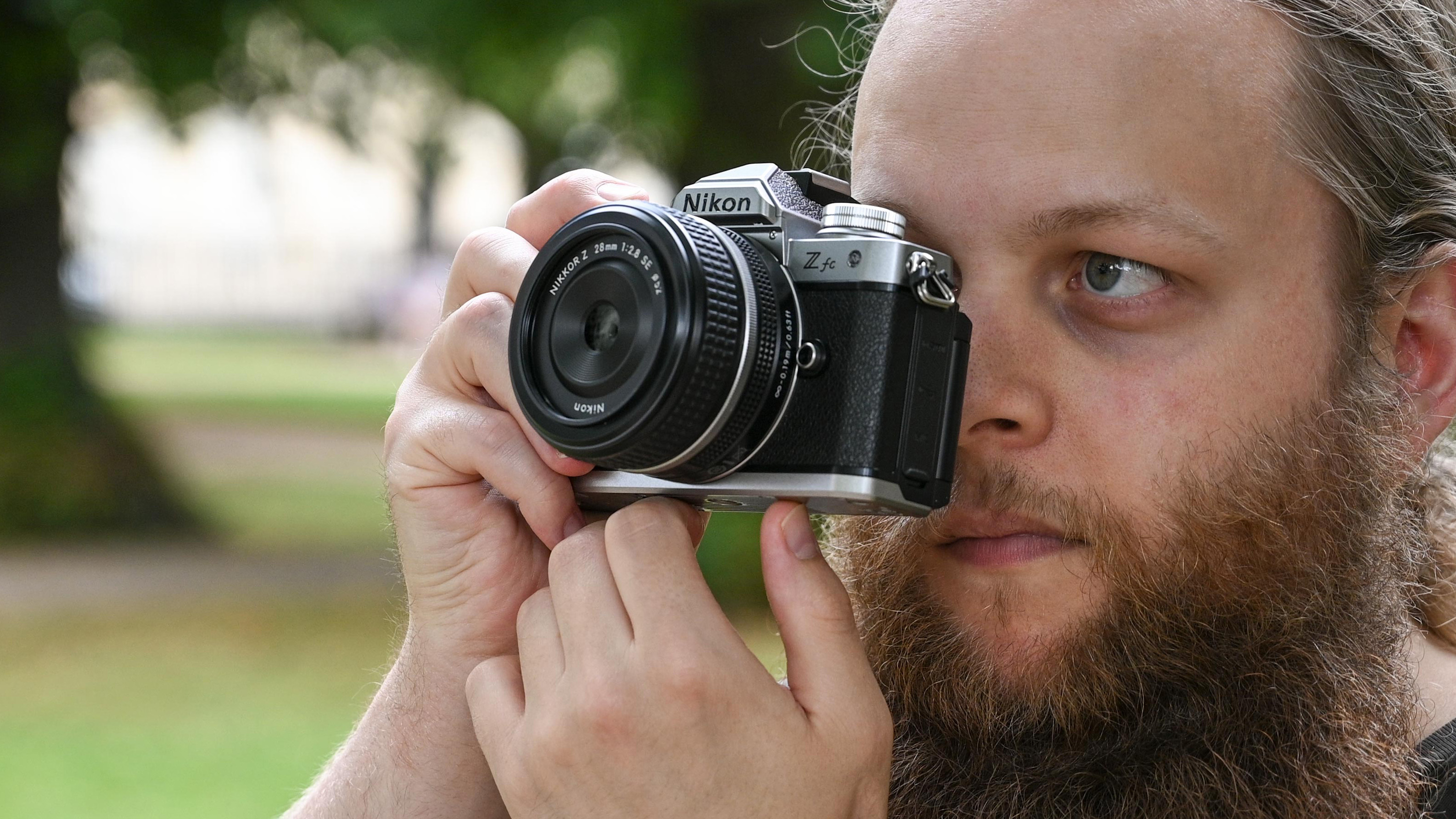
The Nikon Z fc is, without a doubt, one of the coolest-looking mirrorless cameras around right now. It's a retro-styled mirrorless machine with dial-based controls, and it's a joy to handle, to use, and to be seen using. Internally, it's basically the same deal as the Nikon Z50 (opens in new tab), with the same APS-C sensor and processor and many of the same specs. A few extra features like a built-in flash have been shaved off, and it is more expensive than the Z50, so if you don't care about aesthetics then Nikon's other DX-format camera is the smarter choice. But if you're the sort of person who can't resist the siren song of the best retro cameras (opens in new tab), the Nikon Z fc will be right up your alley. The only thing we've got against it – and it is a pretty major thing, to be honest, is that there are still only two Nikon Z DX lenses to go with it. However, many photographers just want a kit lens and no more, so for them it's not a problem. Recommended kit lens: Nikkor Z DX 16-50mm.
• Read more: Nikon Z fc review (opens in new tab)
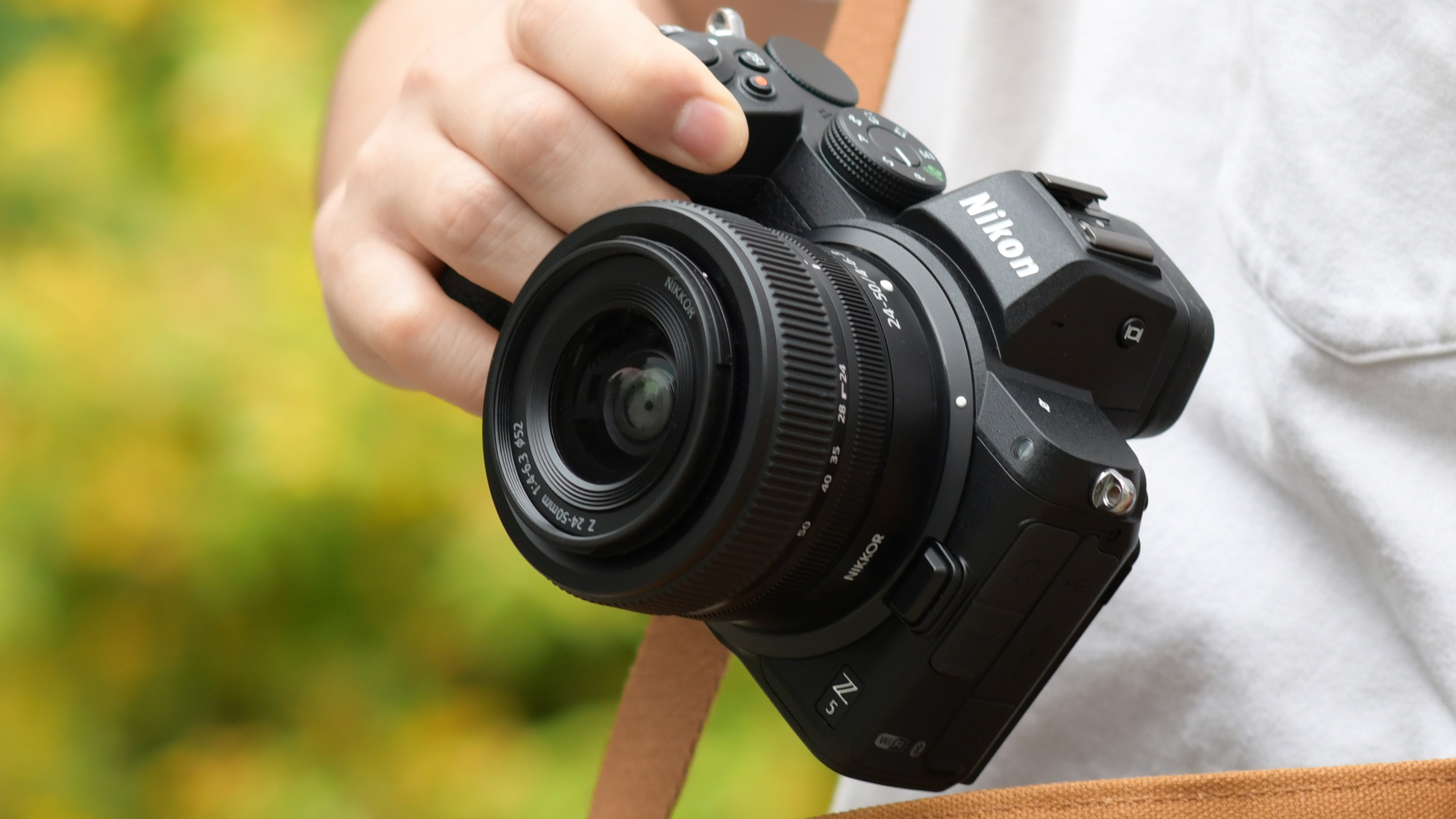
While Nikon has done a solid job with filling out the very upper end of its Z range of full frame mirrorless cameras with the flagship Z7 II (opens in new tab), and even found room for a cheeky APS-C offering with the Z50 (opens in new tab), it was arguably lacking an entry-level gateway to full frame. That has come in the form of the Nikon Z5, a stylish little shooter that offers full-frame features at an attractive price. With twin card slots and 4K UHD video it takes a few cues from professional bodies, though you won't be burst-shooting at anything higher than 4.5fps. Still, with full weather-sealing, five-stop image stabilisation and a spectacular electronic viewfinder, anyone making their first jump to full frame is going to find themselves absolutely spoiled for features. What we like most about this camera is its keen pricing – well below the Nikon Z6 II – and its neat retracting kit lens. Recommended kit lens: Nikkor Z 24-50mm or Nikkor Z 24-70mm f/4.
Read more: Nikon Z5 review (opens in new tab)

(opens in new tab)
One of the cheapest cameras in our list is also one of the best for beginners, vloggers and travel photography. For many of us, video is just as important as still images, if not more so, and it's these vloggers and content creators that the Lumix G100 is aimed at. It makes it easy to capture high-quality video and stills with its approachable button layout. Even people uninterested in the technicalities of capturing great-looking videos will be able to get results with this camera. By giving it a decent viewfinder and "proper camera" ergonomics, Panasonic has given the G100 an edge in a highly competitive market. This is a great camera to start with if you're more interested in vlogging than regular photography and a useful step up from the GX80/85 both on resolution and video features. Recommended kit lens: Lumix G 12-32mm 'pancake' zoom.
Read more: Panasonic Lumix G100 review (opens in new tab)
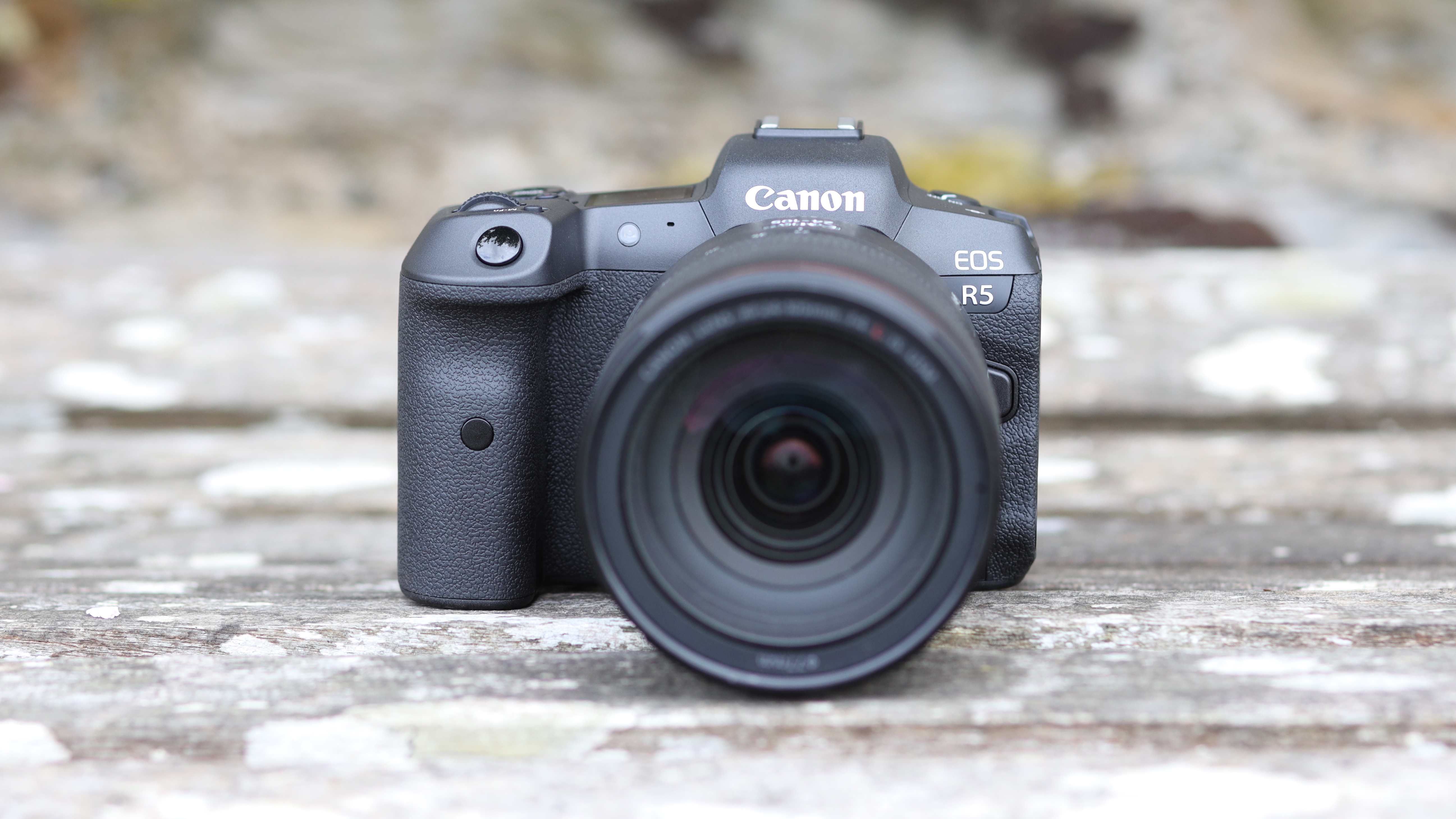
(opens in new tab)
As a stills camera, the Canon EOS R5 is simply Canon's finest product ever. It's the perfect amalgamation of the EOS R's form, the EOS 5D's function, and the professional-grade autofocus of the EOS-1D X. If you're a stills or hybrid shooter who flits between photography and videography, it's one of the best cameras you will ever have the pleasure of using. Alas, we can't recommend the R5 if your primary interest is pure video shooting. Don't get us wrong, its video is incredible – but having to navigate the overheating restrictions prohibits it from being your A-camera (unless you only shoot 4K 30p, in which case you don't need this anyway). It's not perfect at everything, but it's so good at so much that it's still a landmark camera. The Sony A1 sneaks ahead on specifications, but the Canon is A LOT cheaper.
Read more: Canon EOS R5 review (opens in new tab)
How we test cameras
We test cameras (opens in new tab) both in real-world shooting scenarios and in carefully controlled lab conditions. Our lab tests measure resolution, dynamic range and signal to noise ratio. Resolution is measured using ISO resolution charts, dynamic range is measured using DxO Analyzer test equipment and DxO Analyzer is also used for noise analysis across the camera's ISO range. We use both real-world testing and lab results to inform our comments in buying guides.
More camera guides:
• The best DSLRs right now
• The cheapest full frame cameras today
• The best cameras for vlogging
• Best cameras for beginners
• Best professional cameras
Related articles
Source: https://www.digitalcameraworld.com/buying-guides/the-best-mirrorless-camera

0 Response to "Best Buy Mirrorless Camera Financing Easy Payment"
Post a Comment